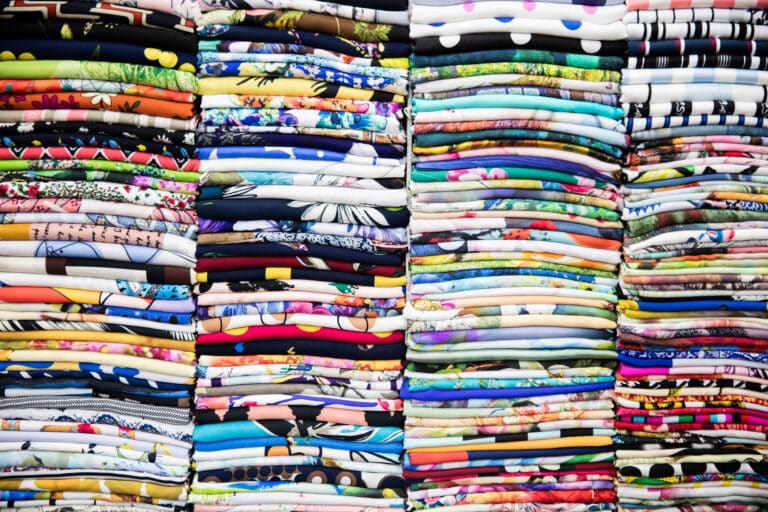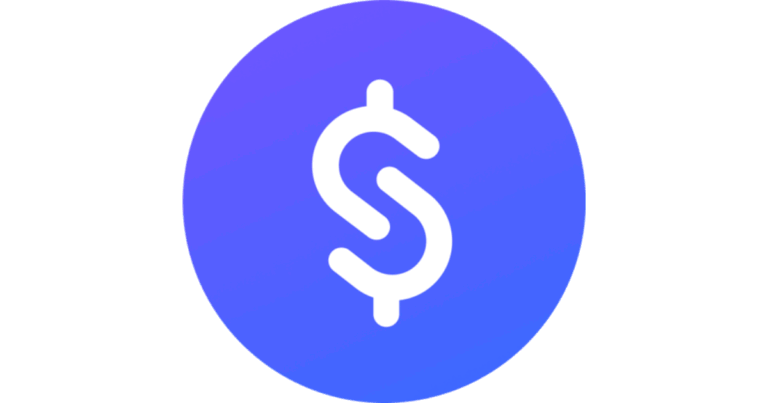Thinking about starting a print on demand business in 2025? You're in the right place! This business model lets you sell custom products without worrying about inventory or shipping. You just focus on creating great designs and marketing them. In this guide, we’ll walk through everything you need to know to get started and succeed in this exciting venture.
Key Takeaways
- Print on demand allows you to sell custom products without holding inventory.
- Choosing the right niche is key to standing out and attracting customers.
- Creating unique designs can set your products apart from competitors.
- Effective marketing strategies, especially on social media, can boost your visibility.
- Managing customer service and fulfillment processes is essential for maintaining a good reputation.
Understanding Print On Demand Business Models
What Is Print On Demand?
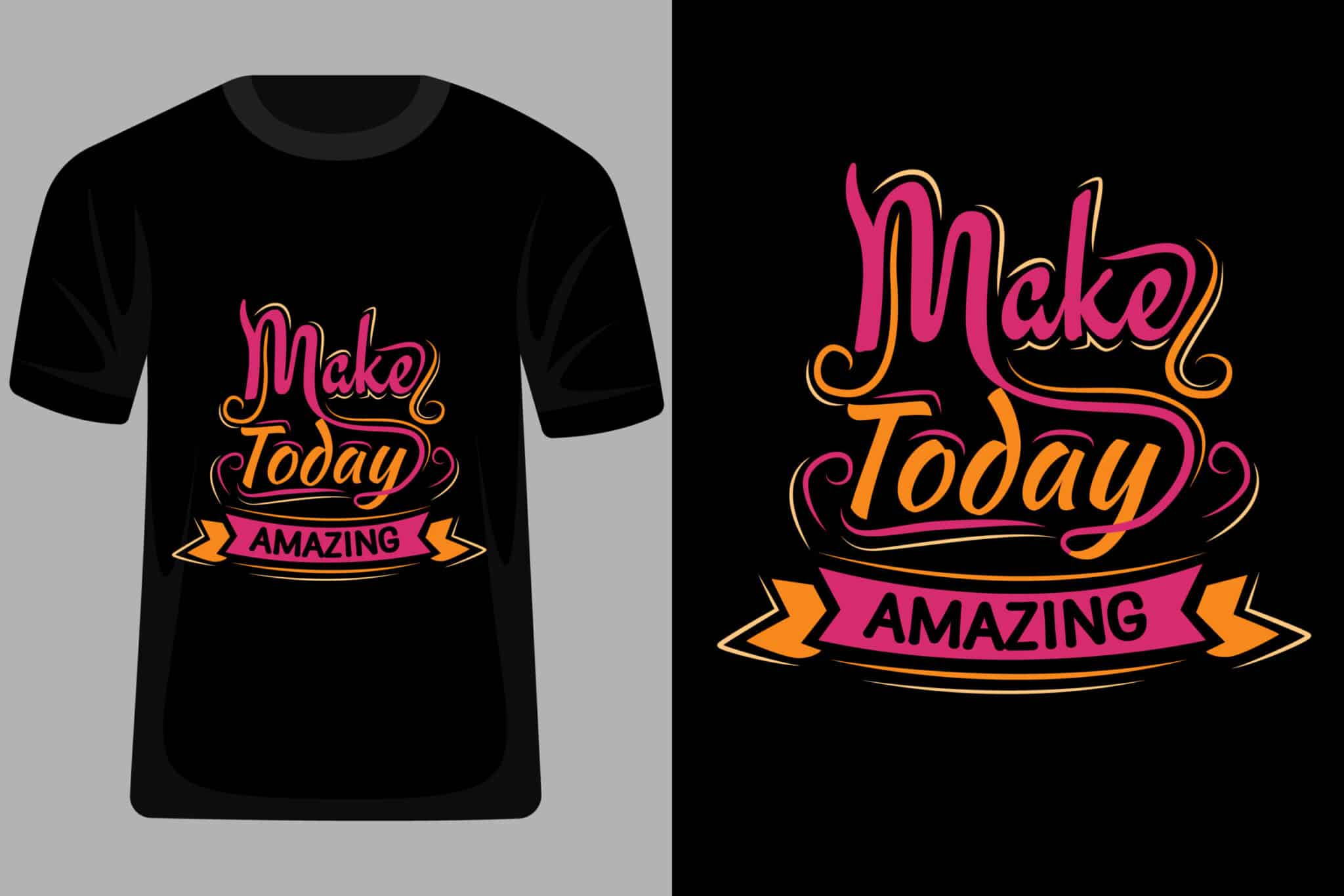
Print on demand (POD) is a business model where you sell custom products without needing to manage inventory. It's a way to offer unique items without the upfront costs and risks of traditional retail. Think of it as a hybrid between owning your own online store and dropshipping, but with more control over the designs you offer. Instead of buying items in bulk, products like t-shirts, mugs, and posters are only made when a customer places an order. This means no more guessing what will sell or being stuck with piles of unsold merchandise. It's a pretty cool way to test out ideas without a huge financial commitment. You can start a print-on-demand business with minimal investment.
How Does Print On Demand Work?
The process is pretty straightforward. First, you create or source designs. Then, you upload those designs to a POD platform, which integrates with your online store. When a customer buys something, the POD provider handles the printing, packing, and shipping. You don't have to touch the product at all! Here's a quick breakdown:
- Design Creation: You make the designs for your products.
- Product Listing: You add your designs to products in your online store.
- Order Placement: A customer buys a product from your store.
- Fulfillment: The POD provider prints, packs, and ships the order directly to the customer.
- Payment: You pay the POD provider for the fulfillment, and you keep the profit.
Print on demand is great because it lets you focus on the creative side of things, like designing cool stuff and marketing your brand. You don't have to worry about the headaches of managing inventory or dealing with shipping logistics. It's a good way to get your feet wet in e-commerce without a ton of risk.
Benefits of Print On Demand
There are several reasons why people are drawn to print on demand. Here are a few key advantages:
- Low Startup Costs: You don't need to invest in inventory, so your initial expenses are minimal. This makes it accessible for people on a tight budget.
- Wide Product Variety: You can offer a wide range of products, from clothing and accessories to home decor and stationery. This lets you cater to different tastes and niches.
- Flexibility and Scalability: You can easily add or remove products from your store without any financial risk. As your business grows, you can scale up your operations without needing to invest in more equipment or storage space. You can create custom products easily.
Here's a table summarizing the pros and cons:
| Feature | Pros | Cons |
|---|---|---|
| Inventory | No need to manage or store inventory | Less control over inventory levels |
| Startup Costs | Low initial investment | Lower profit margins compared to traditional retail |
| Product Variety | Wide range of customizable products | Dependence on third-party providers for product quality and shipping |
| Fulfillment | Outsourced to the POD provider | Less direct control over the fulfillment process |
Identifying Your Niche in Print On Demand
Okay, so you're thinking about starting a print on demand business? Awesome! But before you jump in and start slapping designs on everything, let's talk about finding your niche. It's like finding the perfect spot to set up shop – it makes all the difference.
Researching Market Trends
First things first, you gotta know what's hot and what's not. What are people actually buying? What are they searching for? This is where market research comes in. Don't worry, it's not as scary as it sounds. Think of it as detective work. Use tools like Google Trends to see what's trending right now. Check out social media to see what people are talking about. Look at what's selling well on other print on demand platforms. It's all about gathering information so you can make smart choices.
Here's a quick rundown of places to check for trends:
- Google Trends: Obvious, but essential.
- Social Media: See what hashtags are popping.
- Etsy/Amazon: What's selling like crazy?
Choosing a Profitable Niche
Alright, you've done your research, now it's time to pick a niche. But how do you know if it's a good niche? Well, you want something that's popular enough that people are actually buying stuff, but not so popular that you're competing with a million other sellers. Think about your own interests too. What are you passionate about? What do you know a lot about? Combining your interests with market demand is a recipe for success. For example, rollerblading moms who love 80s aesthetics or coffee-obsessed cat lovers.
Here's a little table to help you think about it:
| Niche | Potential? | Competition? | Your Interest? |
|---|---|---|---|
| Dog Lovers | High | Very High | Medium |
| Plant Parents | Medium | Medium | High |
| Retro Gamers | Medium | Low | High |
Analyzing Competitors
Okay, you've got a niche in mind. Now, before you get too excited, take a look at your competitors. What are they doing well? What are they doing badly? What can you do differently to stand out? Don't just copy them, but learn from them. See what designs are selling, what prices they're charging, and how they're marketing their products. This will give you a better idea of what you're up against and how you can carve out your own space in the market.
Think of your competitors as teachers. They're showing you what works and what doesn't. Pay attention, take notes, and then do your own thing, but better. Don't be afraid to be different and offer something unique that they don't.
Designing Products for Print On Demand
Alright, so you've got your niche picked out and you're ready to start slinging some awesome merch. But how do you actually design stuff that people will want to buy? It's not just about slapping any old image on a t-shirt. Let's get into it.
Creating Unique Designs
The key to success in print on demand is having designs that stand out. Think about it: there are tons of people selling similar products. You need something that grabs attention and speaks to your target audience. Don't just copy what's already out there. Brainstorm, get inspired, and put your own spin on things. Consider what's trending, but always add your unique flavor. For example, if you're in the pet niche, instead of just putting a generic dog picture on a mug, maybe create a funny illustration of a specific breed doing something silly.
Here are some ideas to get those creative juices flowing:
- Original artwork: If you're an artist, this is your time to shine! Create your own illustrations, paintings, or digital art.
- Typography: Play with fonts, quotes, and sayings. A well-designed quote can be super popular, especially if it resonates with a specific group.
- Patterns: Create repeating patterns that can be used on a variety of products, from leggings to phone cases.
Don't be afraid to experiment and try new things. The more you create, the better you'll get at understanding what works and what doesn't. And remember, getting feedback is important. Show your designs to friends, family, or even online communities to get their opinions.
Using Design Tools Effectively
Okay, so you've got some killer ideas. Now you need to bring them to life. Luckily, there are tons of design tools out there, ranging from free and simple to professional-grade. Here's a quick rundown:
- Canva: A great option for beginners. It's easy to use and has tons of templates and graphics. Perfect for creating simple designs and mockups.
- Adobe Photoshop: The industry standard for photo editing and graphic design. It has a steeper learning curve, but it's incredibly powerful.
- Adobe Illustrator: Ideal for creating vector graphics, which are scalable without losing quality. Great for logos, illustrations, and typography.
- GIMP: A free and open-source alternative to Photoshop. It has many of the same features, but it can be a bit more challenging to use.
No matter which tool you choose, take the time to learn the basics. Watch tutorials, experiment with different features, and don't be afraid to ask for help. Understanding design principles like color theory, typography, and composition can also make a huge difference in the quality of your designs. Remember to check the advertising policies of any platform you plan to use for promotion.
Testing Product Ideas
Before you go all-in on a particular design, it's a good idea to test the waters. Don't just assume that everyone will love your idea. Get some feedback and see what people actually think. Here's how:
- Create mockups: Use mockup generators to see how your designs will look on different products. Most print on demand platforms, like Printful, provide easy-to-use mockup generators. This helps you visualize the final product and get a sense of whether the design works well on that particular item.
- Get feedback: Share your mockups with your target audience and ask for their opinions. You can use social media, online forums, or even just ask friends and family. Be open to criticism and use it to improve your designs.
- Run small tests: Order samples of your products to check the print quality and overall look and feel. This is especially important if you're using a new print provider. It's better to catch any issues early on than to have a bunch of unhappy customers later. You can even try selling mugs with your designs to see how they perform.
Here's a simple table to illustrate the importance of testing:
| Test | Purpose | Outcome
Setting Up Your Print On Demand Store
Alright, so you've got your designs ready and you're itching to start selling. Now comes the part where you actually set up shop! This can seem daunting, but it's really about picking the right platform and making sure your customers can actually, you know, buy stuff from you. Let's break it down.
Choosing the Right Platform
Okay, so where are you going to sell your awesome designs? You've got a few options, and each has its pros and cons. You could go with a marketplace like Etsy, build your own Shopify store, or even try selling on Amazon. Each has different levels of control and different audiences. Think about where your target customer is most likely to shop. If you're selling quirky, handmade-style designs, Etsy setup might be a good fit. If you want total control over your brand, Shopify is probably the way to go.
Here's a quick rundown:
- Marketplaces (Etsy, Redbubble, etc.): Easy to start, built-in audience, but less control over branding.
- E-commerce Platforms (Shopify, WooCommerce): More control, requires more work to set up and market, but you own the customer experience.
- Big Retailers (Amazon, eBay): Huge potential reach, but lots of competition and strict rules.
Integrating Payment Solutions
This is where the money actually comes in! You need a way to accept payments, and that means integrating a payment gateway into your store. The most common options are PayPal and Stripe, but there are others out there too. Make sure the payment gateway you choose is reliable, secure, and offers reasonable transaction fees. Nobody wants to lose money on every sale because of crazy fees. Also, think about what payment methods your customers prefer. Do they like using credit cards? Digital wallets? The more options you offer, the easier it is for people to buy from you.
Optimizing Your Store for SEO
So, you've got a store, but how do people find it? That's where SEO comes in. SEO, or Search Engine Optimization, is all about making your store more visible in search engine results. This means using relevant keywords in your product descriptions, titles, and store content. Think about what people would search for to find your products, and then use those words strategically. Also, make sure your store is mobile-friendly, loads quickly, and has a clear and easy-to-navigate design. The better your store is optimized, the more traffic you'll get, and the more sales you'll make. It's that simple.
Setting up your print-on-demand store is more than just picking a platform. It's about creating a seamless and trustworthy experience for your customers. From easy navigation to secure payment options, every detail matters. Take the time to do it right, and you'll be setting yourself up for success in the long run.
Marketing Strategies for Print On Demand Success
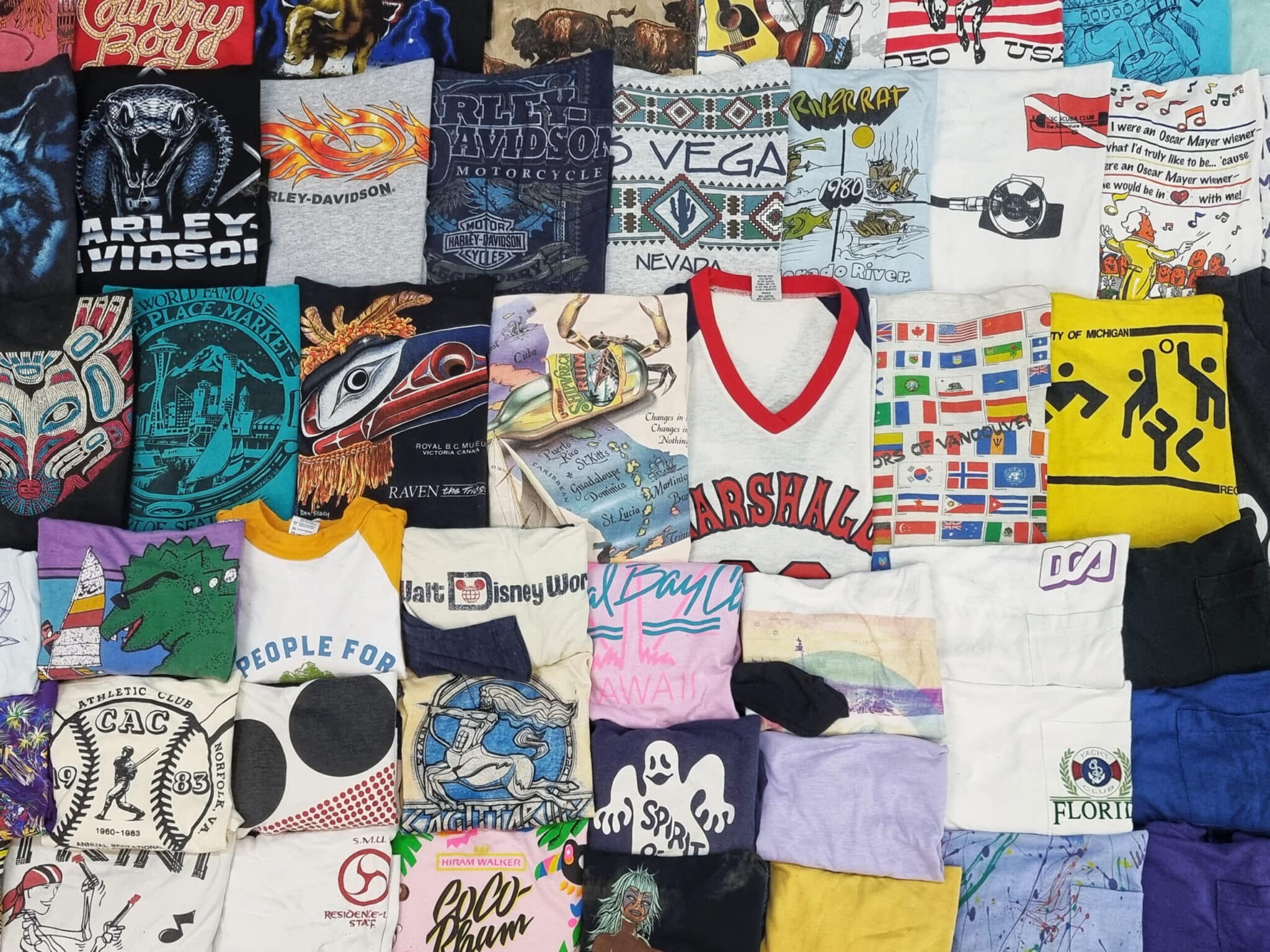
Leveraging Social Media
Social media is huge for getting your print on demand stuff out there. It's not just about posting pictures; it's about building a community. Think about where your target audience hangs out. Is it Instagram, TikTok, Facebook, or somewhere else? Tailor your content to fit each platform. Run contests, use relevant hashtags, and engage with your followers. Don't just sell; tell stories. Show behind-the-scenes stuff, customer testimonials, and anything that makes your brand feel real. Remember to keep an eye on market trends to stay relevant.
- Run targeted ads to reach specific demographics.
- Use high-quality images and videos to showcase your products.
- Partner with micro-influencers to promote your products to a wider audience.
Email Marketing Techniques
Email marketing might seem old-school, but it's still super effective. Build an email list by offering incentives like discounts or freebies. Segment your list based on customer behavior and preferences. Send personalized emails with product recommendations, special offers, and updates. Don't spam people; provide value with every email. Use a clear call to action and make it easy for people to buy your stuff.
Email marketing is about building relationships. It's a direct line to your customers, so use it wisely. Provide exclusive content, ask for feedback, and make them feel like they're part of your brand.
Collaborating with Influencers
Influencer marketing can give your print on demand business a big boost. Find influencers who align with your brand and target audience. It's not always about the biggest names; micro-influencers can be just as effective, and often more affordable. Send them free products, offer affiliate commissions, or pay them for sponsored posts. Make sure they disclose that they're being paid to promote your stuff, or you could get in trouble. Track the results of your influencer campaigns to see what's working and what's not.
Here's a simple table to track influencer campaign performance:
| Influencer Name | Platform | Reach | Engagement Rate | Conversions | ROI |
|---|---|---|---|---|---|
| Jane Doe | 10k | 5% | 20 | 2.5x | |
| John Smith | YouTube | 5k | 3% | 10 | 1.8x |
| Alice Brown | TikTok | 20k | 8% | 50 | 3.0x |
Managing Operations in Print On Demand
Understanding Fulfillment Processes
Okay, so you've got your designs, your store is set up, and orders are rolling in. Now what? This is where understanding fulfillment becomes super important. Fulfillment is basically everything that happens after someone clicks ‘buy' until the product lands on their doorstep. It includes printing, packaging, and shipping. You need to know how your print on demand partner handles each of these steps.
- What are their printing times? Some companies are faster than others.
- What packaging options do they offer? Can you customize it?
- What shipping carriers do they use, and what are the estimated delivery times?
It's a good idea to order samples of your products to see the quality of the print and packaging firsthand. This helps you catch any issues before they affect your customers.
Handling Customer Service
Customer service can make or break your business, especially in the world of print on demand. Since you're not directly handling the products, you need to be extra good at communicating with both your customers and your print provider.
Here's the deal:
- Be responsive: Answer customer questions quickly. No one likes waiting days for a reply.
- Be clear: Explain your return and refund policies upfront. No surprises!
- Be helpful: If there's a problem (and there will be problems), do your best to fix it. Even if it's not your fault, a little empathy goes a long way.
Tracking Sales and Performance
If you aren't tracking, you're slacking! You need to keep a close eye on your sales data to see what's working and what's not. Most print on demand platforms offer some kind of analytics dashboard, but you might also want to use other tools to get a more complete picture. Here's what you should be tracking:
- Sales volume: How many products are you selling each month?
- Revenue: How much money are you bringing in?
- Profit margin: What's your actual profit after all expenses?
- Conversion rate: How many people visit your store versus how many actually buy something?
Here's a simple table to illustrate how you might track this data:
| Metric | January | February | March |
|---|---|---|---|
| Sales Volume | 100 | 120 | 150 |
| Revenue | $2000 | $2400 | $3000 |
| Profit Margin | 20% | 22% | 25% |
| Conversion Rate | 2% | 2.5% | 3% |
Scaling Your Print On Demand Business

So, you've got your print on demand store up and running. Sales are trickling in, and you're feeling pretty good. But how do you take it to the next level? How do you go from a side hustle to a real, sustainable business? That's where scaling comes in. It's not just about doing more of the same; it's about making smart moves to grow your business efficiently.
Expanding Product Lines
Don't get stuck selling just t-shirts. Think about what else your target audience might like. Mugs? Phone cases? Posters? The more products you offer, the more chances you have to make a sale. Just make sure the new products fit with your brand and appeal to your existing customers. It's a good idea to survey your current customers to see what they would like to see in your store. This can help you make informed decisions about what products to add next. You can also look at what your competitors are selling and see if there are any gaps in the market that you can fill.
Exploring New Markets
Think beyond your current customer base. Are there other groups of people who might be interested in your products? Maybe you're currently targeting college students, but you could also target recent graduates or young professionals. Or maybe you're only selling in the United States, but you could expand to other countries. Doing some market research is key here.
Here's a simple table to illustrate potential market expansion:
| Current Market | Potential New Market | Strategy |
|---|---|---|
| United States | Canada | Localize product descriptions and pricing |
| College Students | Young Professionals | Tailor marketing messages |
| Dog Owners | Cat Owners | Expand product designs |
Utilizing Data Analytics
Data is your friend. Pay attention to your sales numbers, website traffic, and customer demographics. What products are selling well? Where are your customers coming from? What are people searching for on your site? Use this information to make better decisions about your products, marketing, and overall business strategy. For example, if you see that a particular product is selling well, you might want to invest in more advertising for that product. Or if you see that a lot of people are searching for a particular term on your site, you might want to create a new product that matches that term. It's all about using data to enhance conversion rates and make smart choices.
Scaling a print on demand business isn't a walk in the park. It takes time, effort, and a willingness to learn and adapt. But if you're willing to put in the work, you can turn your side hustle into a thriving business. Just remember to focus on your customers, stay true to your brand, and always be looking for new ways to grow.
Wrapping It Up: Your Print On Demand Journey
Starting a print on demand business can be a game changer for your creativity and finances. With the right approach, you can turn your ideas into products that people want to buy. Remember, it’s all about finding your niche, creating designs that stand out, and working with a solid POD service. Keep your marketing smart and stay engaged with your audience. As you grow, don’t forget to adapt and learn from what works and what doesn’t. So, if you’re ready to take the plunge, grab your notebook and start planning. Your success story could be just around the corner!
Frequently Asked Questions
What is a print on demand business?
A print on demand business lets you create and sell custom products like t-shirts or mugs. You only make items when someone orders them, so you don’t need to keep stock.
How does print on demand work?
When a customer buys a product, the order goes to a print on demand service. They print the design, pack it, and ship it directly to the customer.
What are the benefits of starting a print on demand business?
Some benefits include low startup costs, no need for inventory, and the ability to offer unique products without a big financial risk.
How do I choose a niche for my print on demand store?
Look for a specific area that interests you and has enough customers. Research what’s popular and see what other sellers are doing.
What marketing strategies can I use for my print on demand business?
You can use social media to promote your products, send emails to potential customers, and work with influencers to reach more people.
How can I grow my print on demand business?
To grow, you can add more products, explore new markets, and use data to understand what sells best. Adapt your strategies based on what works.
⚠️ AFFILIATE DISCLOSURE
We may earn a small commission if you purchase through our links, but this is at no extra cost to you.
